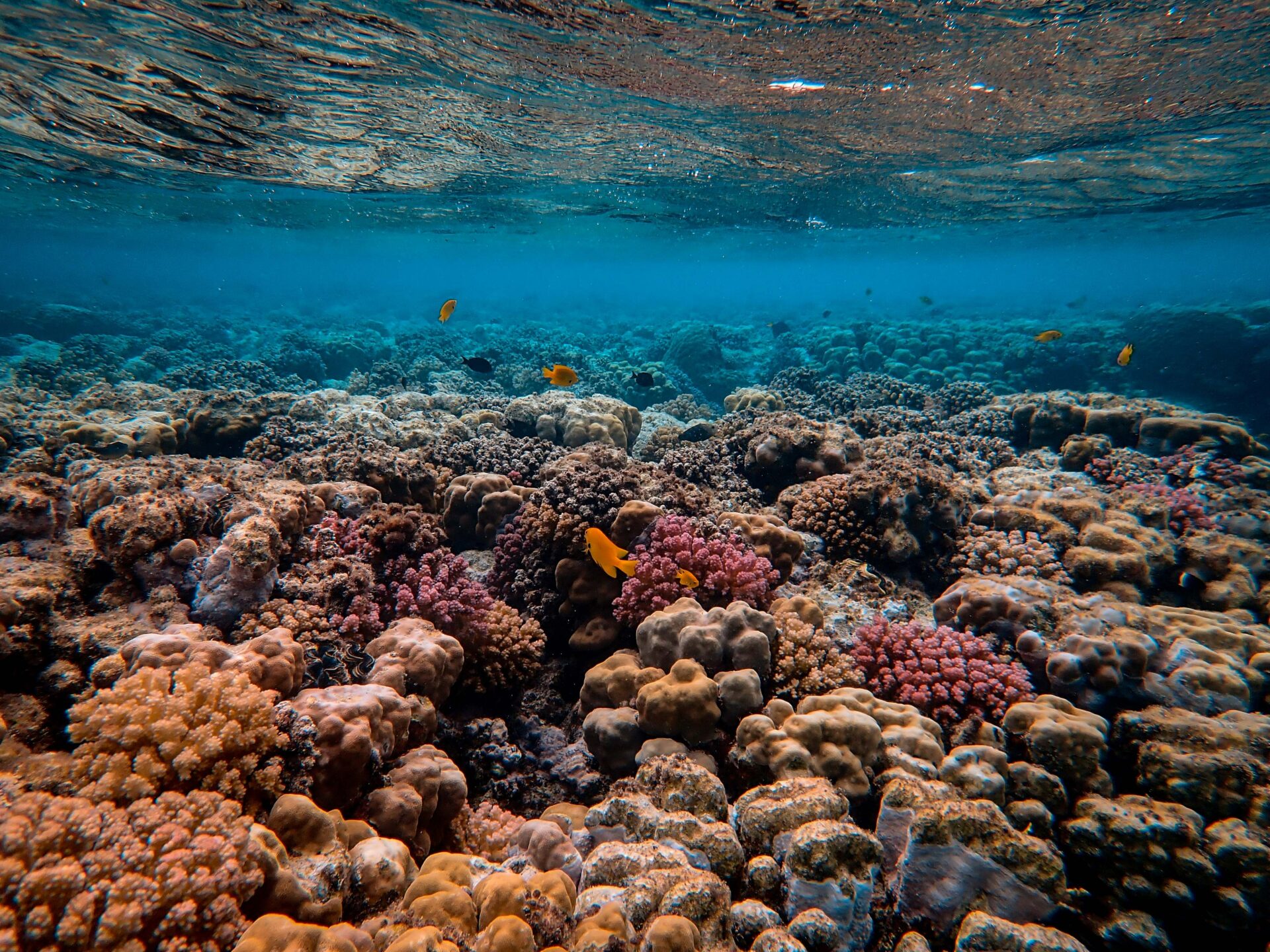After 15 years of discussions, negotiators from over 100 countries have finally reached an agreement on a U.N. treaty to protect the oceans. The legally binding pact aims to conserve and ensure the sustainable use of ocean biodiversity, which is under threat from pollution, acidification, and overfishing. The treaty is a crucial step in achieving the target of bringing 30% of the world’s land and sea under protection by the end of the decade, known as “30 by 30.”
The agreement was reached after five rounds of protracted U.N.-led negotiations that ended in New York on Saturday, a day after the original deadline. Economic interests, particularly the benefits of “marine genetic resources” used in industries like biotechnology, were a significant sticking point in the discussions. Developing countries called for a more significant share of the benefits from the “blue economy” and the transfer of technology.
The European Commission has hailed the agreement as a “historic moment” and a crucial step forward to preserve marine life and biodiversity essential for future generations. The agreement is a victory for the UN and the global system, which has delivered such an essential agreement at a challenging time.
Protecting oceans biodiversity
The high seas are areas beyond national jurisdiction, covering about two-thirds of the world’s oceans. They are home to a vast array of marine life, from whales and dolphins to sharks, turtles, and fish. However, very little of the high seas is subject to any protection. They are threatened by pollution, acidification, and overfishing. That poses a growing threat to biodiversity.
The U.N. treaty to protect the high seas is a legally binding agreement that will provide a framework for the conservation and sustainable use of marine biodiversity. The treaty will cover areas beyond national jurisdiction, including the high seas, the seabed, and the ocean floor. It will allow for the creation of marine protected areas. The measures will prevent the extinction of endangered species, and the management of human activities on the high seas.
The agreement is a significant step. The goal is to achieve the target of bringing 30% of the world’s land and sea under protection by the end of the decade. Greenpeace has called for 11 million square km (4.2 million square miles) of the ocean to be put under protection. That counts for every year until 2030 to meet the target.
Importance of sharing benefits of oceans resources
The agreement also includes provisions for sharing the benefits of “marine genetic resources” used in industries like biotechnology. These resources are valuable for developing new drugs, industrial enzymes, and other products. Developing countries have called for a greater share of the benefits from the “blue economy” and the transfer of technology.
The agreement provides a framework for sharing the benefits of marine genetic resources in a fair and equitable way. It includes provisions for access to these resources, benefit-sharing, and capacity building for developing countries. The provisions aim to ensure that developing countries benefit from the use of marine genetic resources. Also, they must not leave behind in the emerging blue economy.
Formal adoption and ratification of the Agreement
The next step is the U.N. treaty for protecting the high seas formal adoption and ratification. It is necessary for countries to bring it into force. Countries must act quickly to deliver fully protected ocean sanctuaries needed by our planet. Greenpeace has urged countries to act quickly, as the clock is still ticking to achieve the 30 by 30 target.
Sweden, as a country involved in the negotiations as the holder of the EU’s rotating presidency, has hailed the agreement. It is the most important international environmental deal since the 2015 Paris Agreement on tackling climate change. The agreement is a crucial step in preserving the marine life and biodiversity essential for the planet’s health and well-being.

